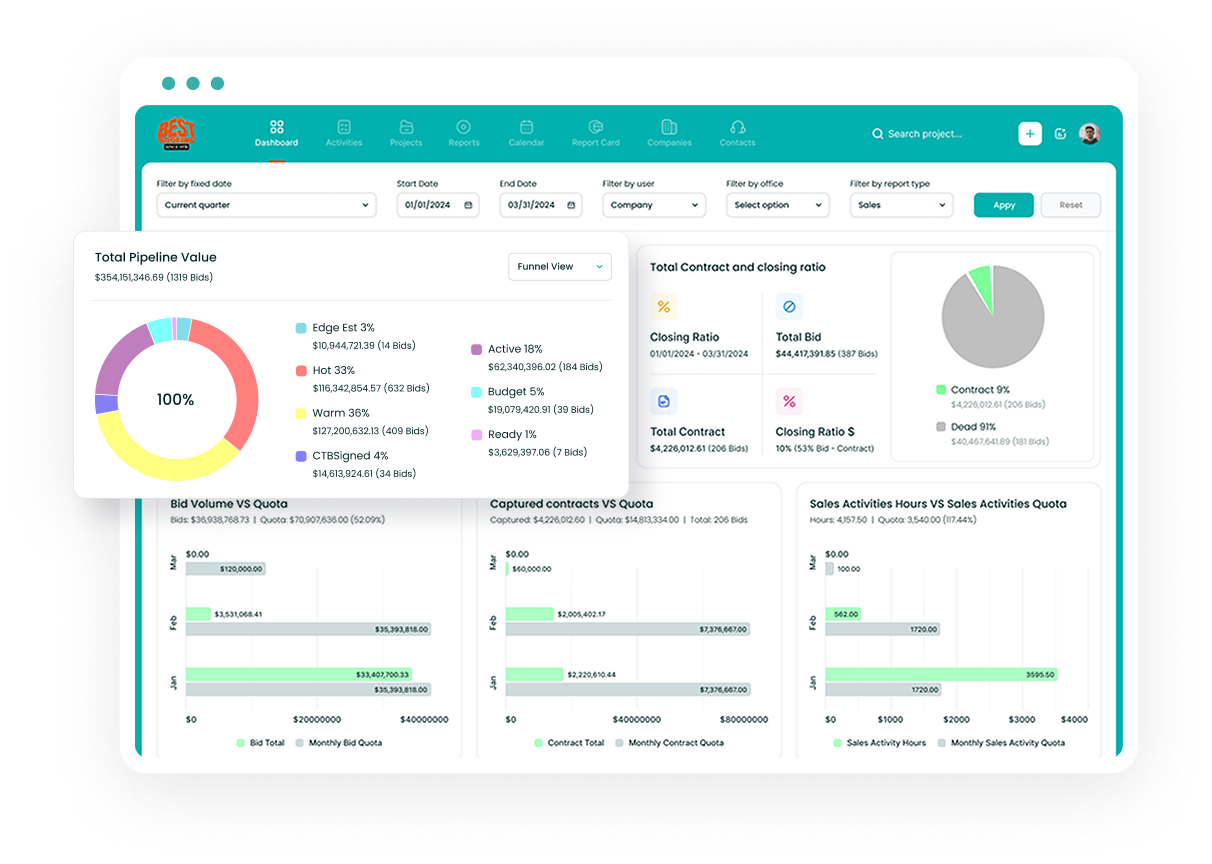How to Change Bank Account in Sage 100
Managing your business’s finances effectively is paramount, and using Sage 100 can streamline this process. However, one common challenge businesses face is changing the default bank account within Sage 100. This issue can disrupt bank reconciliation, bank transfer processes, and overall financial operations. Fortunately, with a clear step-by-step software approach, you can seamlessly update your bank account settings to ensure accuracy and efficiency.
Default Bank Account in Sage 100
Managing your business finances requires precision and attention to detail, especially when working with accounting software like Sage 100. Many organizations need to update their default bank account settings to maintain accurate financial records and ensure smooth operations. This comprehensive guide will walk you through the process of changing bank accounts in Sage 100, while providing valuable insights for maintaining financial accuracy.
The default bank account in Sage 100 functions as your primary account for essential operations such as Accounts Payable, Accounts Receivable, and payroll processing. When properly configured, this account streamlines your transaction processes and creates reliable audit trails. Your business can operate more efficiently when the correct bank account is properly set up in the system.
Setting up your default bank account correctly impacts every aspect of your financial operations. From daily transactions to monthly reconciliation processes, having the right configuration ensures your business maintains accurate financial records. This setup also affects how your team handles various financial tasks and reporting requirements.
Bank Account Setup Methods
Changing your bank account in Sage 100 can be accomplished through multiple approaches. Each method serves different organizational needs and preferences while maintaining the integrity of your financial data. The right method depends on your specific requirements and existing system configuration.
The Control Accounts method provides a straightforward approach to updating your default bank settings. This process involves accessing your system settings and inputting the new nominal code for your desired bank account. Once completed, these changes apply across all relevant modules in your system.
The Transaction Journal Configuration offers a more detailed approach to managing your bank account changes. This method allows for precise control over source journals and offset accounts, ensuring accurate tracking of all financial movements between accounts.
The Bank Code Maintenance approach focuses on creating and managing unique identifiers for your bank accounts. This method helps establish secure connections for bank feeds and automated transaction updates, which can significantly improve your financial tracking capabilities.
Security and Best Practices
Maintaining the security of your financial data requires implementing robust measures and following established procedures. Your organization should develop clear protocols for managing bank account changes and updates within Sage 100.
Regular reconciliation practices help identify discrepancies early and maintain accurate financial records. Monthly verification of bank balances against statements ensures your system reflects the actual state of your finances. This practice also helps detect any potential issues before they become significant problems.
Access control management plays a vital role in maintaining the security of your financial data. Implementing strict user permissions and regularly reviewing access levels helps prevent unauthorized changes to bank account settings.
Documentation of all changes made to bank account settings supports both audit requirements and internal tracking needs. Creating detailed records of modifications helps maintain transparency and provides valuable reference information for future updates.
These essential practices contribute to maintaining secure bank account management in Sage 100:
- Regular system backups before making significant changes
- Detailed documentation of all account modifications
- Periodic review of user access permissions
- Implementation of multi-factor authentication
- Regular security audit performance
Advanced Configuration Tips
Proper configuration of your bank account settings extends beyond basic setup procedures. Advanced settings allow for more precise control over your financial operations and help streamline various processes within Sage 100.
- Configure automatic bank feeds to reduce manual data entry requirements and improve accuracy.
- Set up custom transaction codes to better track specific types of financial movements.
- Establish automated reconciliation rules to speed up monthly closing procedures.
- Create specialized report templates for different banking activities and requirements.
Multi-currency management requires additional consideration when setting up bank accounts. Your system should accurately handle exchange rates and currency conversions while maintaining proper documentation of all international transactions. This setup becomes particularly important for businesses operating across multiple countries or dealing with international clients.
The integration between different modules affects how your bank account information flows through the system. Proper configuration ensures seamless communication between Accounts Payable, Accounts Receivable, and other financial modules. This integration helps maintain consistent and accurate financial records across your entire organization.
Troubleshooting Common Issues
Users often encounter specific challenges when managing bank accounts in Sage 100. Addressing these issues promptly helps maintain smooth financial operations and prevents disruption to your business processes.
Balance discrepancies typically occur due to timing differences between posted transactions and bank statements. Investigating these differences requires careful review of transaction dates and processing times. Regular reconciliation helps identify and resolve these discrepancies before they cause significant problems.
When transactions post to incorrect bank accounts, the issue often stems from default settings or user permissions. Reviewing and updating these settings can prevent future posting errors and ensure transactions route to the appropriate accounts. Training users on proper transaction coding also helps reduce these errors.
System access issues may arise when security settings prevent authorized users from making necessary changes. Working with your IT team to review and adjust permission levels can resolve these access problems while maintaining appropriate security controls.
Data Backup and Recovery
Data integrity remains crucial when managing bank accounts in Sage 100. Regular system backups protect your financial information and provide peace of mind during account changes or system updates. Creating comprehensive backup protocols ensures your organization can recover from unexpected issues quickly and efficiently.
System administrators should establish automated backup schedules that capture all relevant financial data. These backups must include not only transaction records but also system configurations and custom settings that affect bank account operations. Regular testing of backup files validates their completeness and reliability.
Database maintenance plays a vital role in maintaining system performance and data accuracy. Regular database cleanup, along with proper indexing and optimization, helps prevent performance issues that could affect bank account operations. Implementing these maintenance procedures as part of your routine operations supports long-term system stability.
Module Integration Workflows
Financial data flows between different Sage 100 modules require careful coordination. The interaction between various components affects how bank account information updates and maintains consistency throughout your system. Proper module integration ensures accurate financial reporting and streamlined operations.
Different departments often need varying levels of access to bank account information. Creating role-based workflows helps maintain security while enabling necessary access to financial data. These workflows should reflect your organization's structure and operational requirements.
Integration testing becomes essential when implementing new procedures or making significant changes. Regular validation of data flow between modules helps identify potential issues before they impact your operations. This proactive approach minimizes disruptions and maintains data integrity.
Your module integration success depends on these critical procedures:
- Regular validation of data flow between connected modules
- Systematic testing of automated processes
- Consistent monitoring of integration points
- Proper documentation of module dependencies
- Regular review of integration performance metrics
Custom Reporting Solutions
Effective financial management requires comprehensive reporting capabilities. Creating custom reports in Sage 100 allows organizations to track specific banking metrics and maintain detailed financial records. These reports provide valuable insights into your banking operations and support informed decision-making.
Report customization should focus on your organization's specific needs and regulatory requirements. Building flexible reporting templates enables quick adaptation to changing business requirements while maintaining consistency in financial tracking. Regular review and updates of these templates ensure they continue to meet your evolving needs.
The reporting framework should accommodate both routine operations and special circumstances. Developing a library of custom reports helps streamline various banking processes and supports different departmental needs. This comprehensive approach to reporting enhances your ability to monitor and manage banking operations effectively.
Creating standardized procedures for report generation and distribution improves efficiency. These procedures should include clear guidelines for report scheduling, distribution lists, and security protocols. Maintaining consistent reporting practices helps ensure reliable financial tracking and analysis.
Performance Optimization Steps
System performance significantly impacts daily banking operations in Sage 100. A well-optimized system processes transactions more efficiently and provides better user experience. Regular performance monitoring helps identify potential issues before they affect your operations.
Performance optimization requires ongoing attention and adjustment. Regular system assessments help identify areas for improvement and ensure your Sage 100 installation continues to meet your organization's needs. These assessments should include both technical and operational considerations.
Technical teams should establish baseline performance metrics and monitor trends over time. This data-driven approach helps identify potential issues early and supports proactive system maintenance. Regular review of these metrics enables continuous system improvement and optimal performance.
Configure Your Bank Settings Today
Managing bank accounts in Sage 100 requires attention to detail and proper system configuration. The comprehensive approach outlined in this guide provides a solid foundation for maintaining accurate financial records and efficient operations. Organizations that implement these practices position themselves for successful financial management and reduced operational complexity.
Proper configuration of your bank settings impacts every aspect of your financial operations. Taking time to implement these recommendations helps ensure long-term success and reliability in your accounting processes. Consider reviewing your current setup against these guidelines to identify areas for improvement.
Your organization's financial stability depends on accurate and efficient bank account management. Begin implementing these practices today to enhance your financial operations and maintain precise control over your banking activities. Contact your system administrator to review your current configuration and plan necessary updates.
The CRM Built For Construction Companies
No more disorganized data. Track your leads, bids, and customers all in one place.
Seamless Integration with:
✅ Foundation ✅ Viewpoint ✅ Sage and more

Request a Live Demo Now
Learn more about how Followup CRM can help your construction company grow.





-Jan-28-2025-06-35-18-9274-PM.webp)

-Jan-27-2025-05-51-39-9423-PM.webp)
-Jan-28-2025-06-34-19-6740-PM.webp)